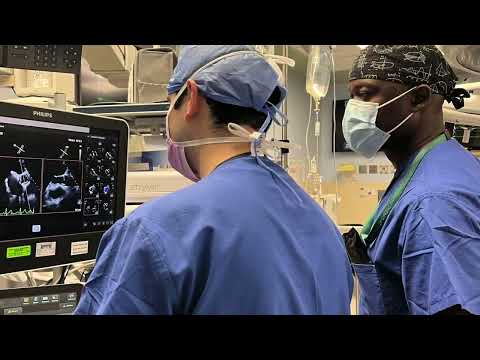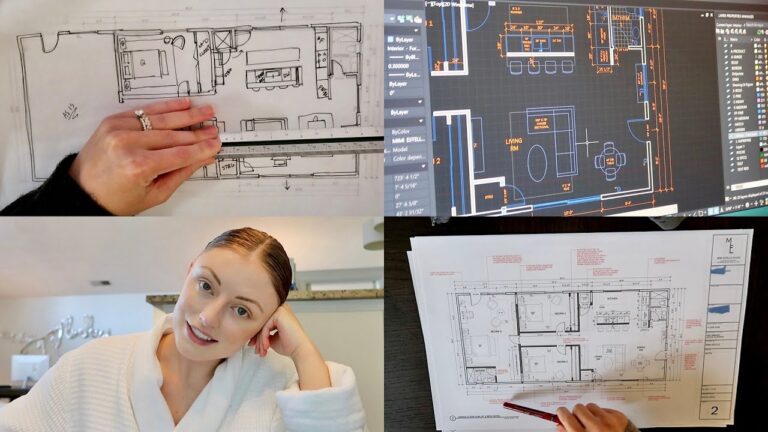Lucrative Anesthesiology Fellow Role: Job Description & Salary

Anesthesiology Fellow Job Description Template
Anesthesiology Fellow Job Description Anesthesiology Fellow is a specialized medical professional who has completed their residency training in anesthesiology and is pursuing further training in a subspecialty area. They work under the supervision of attending anesthesiologists to provide comprehensive perioperative care to patients. The role of an Anesthesiology Fellow involves several key responsibilities. Firstly, they participate in preoperative evaluations, which include assessing the patient’s medical history, conducting physical examinations, and ordering necessary preoperative tests. This information helps them develop an appropriate anesthetic plan tailored to the patient’s specific needs. During surgeries, Anesthesiology Fellows administer various types of anesthesia, including general anesthesia, regional anesthesia, and monitored anesthesia care. They monitor the patient’s vital signs, adjust the anesthesia as required, and manage any anesthesia-related complications that may arise. Anesthesiology Fellows also play a crucial role in postoperative care. They closely monitor patients in the recovery room, ensuring their pain is adequately controlled and addressing any immediate postoperative concerns. They may also provide critical care management to patients in the intensive care unit. Attention to detail and strong communication skills are two essential qualities for an Anesthesiology Fellow. They must carefully analyze patient information, anticipate potential complications, and make quick decisions in high-pressure situations. Additionally, effective communication with the surgical team, nursing staff, and patients is vital to ensure the delivery of safe and quality care. In conclusion, Anesthesiology Fellows are highly trained professionals who provide perioperative care to patients. Their expertise in anesthesia administration, patient monitoring, and postoperative management contributes significantly to the success and safety of surgical procedures.Anesthesiology Fellow Responsibilities
Anesthesiology Fellow Requirements
How Much Does A Anesthesiology Fellow Make?
Anesthesiology Fellow Salary
| Year of Training | Salary Range |
|---|---|
| First Year | $60,000 – $70,000 |
| Second Year | $70,000 – $80,000 |
| Third Year | $80,000 – $90,000 |
| Fourth Year | $90,000 – $100,000 |
Anesthesiology fellow salary varies depending on the year of training. In the first year, fellows can expect to earn between $60,000 and $70,000. This salary range increases as the fellow progresses through their training. In the second year, the salary range typically falls between $70,000 and $80,000. By the third year, it increases to $80,000 – $90,000, and in the fourth and final year, fellows can expect to earn between $90,000 and $100,000. These figures may vary based on factors such as location and institution. Anesthesiology fellowships provide competitive compensation to attract and retain talented individuals in the field.
Anesthesiology Fellow Salaries by Country
Top Paying Countries for Anesthesiology Fellow
| Country | Average Salary (USD) |
|---|---|
| United States | $326,000 |
| Switzerland | $264,000 |
| Australia | $234,000 |
| Canada | $225,000 |
| United Kingdom | $207,000 |
Anesthesiology fellows are highly sought after medical professionals who specialize in administering anesthesia during surgical procedures. This table highlights the top paying countries for anesthesiology fellows based on average salaries in USD. The United States offers the highest average salary of $326,000, followed by Switzerland with $264,000. Australia, Canada, and the United Kingdom also offer competitive salaries ranging from $207,000 to $234,000. These countries provide attractive financial opportunities for anesthesiology fellows, making them popular destinations for those seeking lucrative careers in this specialized field.
A video on the topic Anesthesiology Fellow
Video Source : Cardiothoracic Anesthesiology FellowshipInterview Questions for Anesthesiology Fellow
1. Can you tell us about your experience and background in anesthesiology?
I have completed my residency in anesthesiology and have been practicing as an anesthesiologist for the past five years. During my residency, I gained experience in various surgical specialties, including cardiac, neurosurgery, and obstetrics. I am also trained in managing acute and chronic pain.
2. What attracted you to pursue a fellowship in anesthesiology?
I have always been fascinated by the complexity and challenges of providing anesthesia care. Pursuing a fellowship allows me to further enhance my skills and knowledge in a specific area of anesthesiology, such as critical care medicine, regional anesthesia, or pediatric anesthesia. It also opens up opportunities for research and teaching.
3. What do you consider to be the most important qualities of an anesthesiologist?
An anesthesiologist should have excellent communication and interpersonal skills to effectively interact with patients, surgeons, and other healthcare professionals. Attention to detail, the ability to make quick and accurate decisions, and a strong knowledge base are also crucial. Being calm under pressure and having compassion for patients are additional important qualities.
4. How do you ensure patient safety during anesthesia administration?
I follow a rigorous pre-operative evaluation process to assess the patient’s medical history, allergies, and any potential risks. During the procedure, I closely monitor the patient’s vital signs, administer appropriate medications, and adjust anesthesia levels as needed. I also ensure that all equipment is properly calibrated and functioning. Lastly, I communicate effectively with the surgical team and maintain open lines of communication with the patient throughout the process.
5. How do you handle difficult airway management situations?
Difficult airway management can be a challenging situation, but I am trained to handle it effectively. I assess the patient’s airway anatomy and risk factors beforehand and have a contingency plan in place. I am proficient in various airway management techniques, including video laryngoscopy, fiber-optic intubation, and supraglottic airway devices. I also work closely with the surgical team to ensure a safe and successful outcome.
6. How do you stay updated with the latest advancements and research in anesthesiology?
I am an active member of professional organizations, such as the American Society of Anesthesiologists, and regularly attend conferences and workshops. I also subscribe to reputable medical journals and participate in online forums and discussions. Additionally, I engage in continuous learning and seek feedback from my peers and mentors.
7. How do you manage pain in post-operative patients?
I employ a multimodal approach to manage pain in post-operative patients. This may include administering opioids, local anesthetics, non-opioid analgesics, and utilizing regional anesthesia techniques when appropriate. I closely monitor the patient’s pain levels and adjust the pain management plan accordingly. I also educate patients about pain management techniques, such as deep breathing exercises and relaxation techniques.
8. How do you handle emergencies during anesthesia administration?
In the event of an emergency, I follow established protocols and guidelines. I assess the situation quickly and prioritize actions based on the patient’s condition. This may involve administering specific medications, performing resuscitation techniques, or calling for additional assistance. I remain calm and focused, communicating effectively with the surgical team to ensure coordinated efforts.
9. How do you handle patients with anxiety or fear of anesthesia?
Empathy and effective communication are key when dealing with anxious or fearful patients. I take the time to address their concerns and explain the anesthesia process in a clear and understandable manner. I provide reassurance and answer any questions they may have. If needed, I may also utilize pre-operative sedation techniques to help alleviate their anxiety.
10. How do you ensure a smooth transition of care to the recovery room or intensive care unit?
I maintain open lines of communication with the recovery room or intensive care unit staff and provide them with a detailed report of the patient’s condition, medications administered, and any specific concerns. I ensure that the patient is stable and adequately monitored before transferring care. I am available for any necessary follow-up or consultations to ensure a smooth transition and continuity of care.






